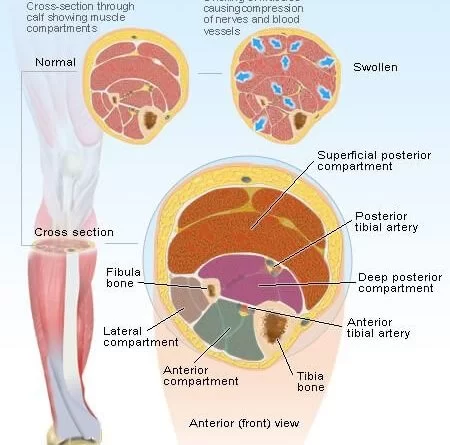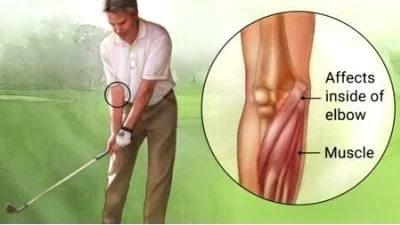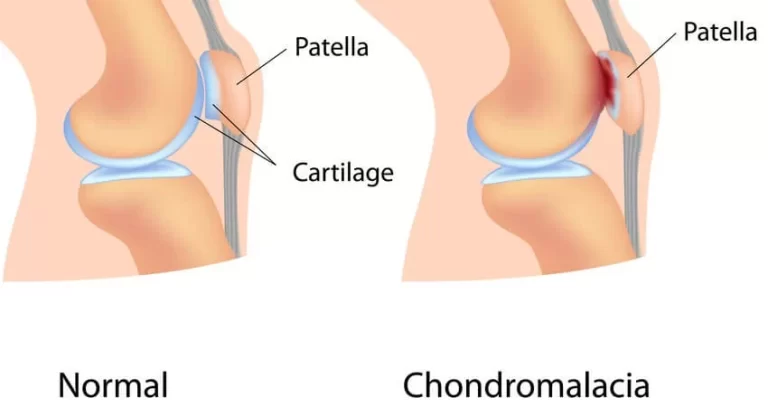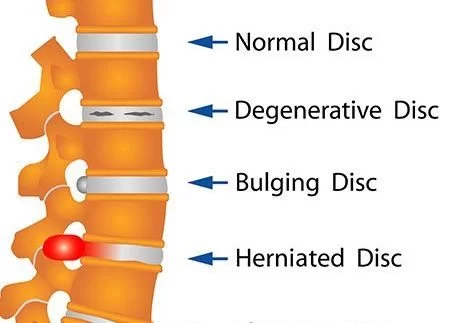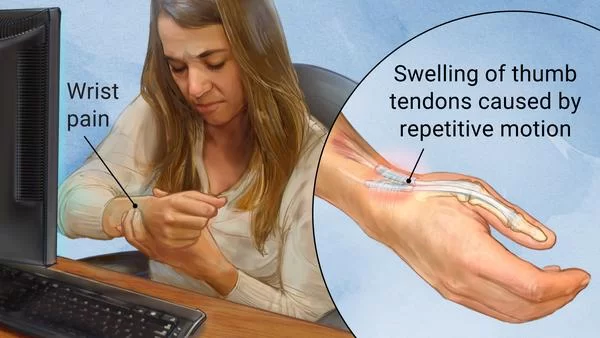Compartment Syndrome: Physiotherapy Treatment
What is a Compartment Syndrome? Compartment syndrome is a condition in which increased pressure within one of the body’s compartments results in insufficient blood supply to tissue within that space.Compartment syndrome usually results from bleeding or swelling after an injury. There are two main types: acute and chronic.The leg or arm is most commonly involved….

